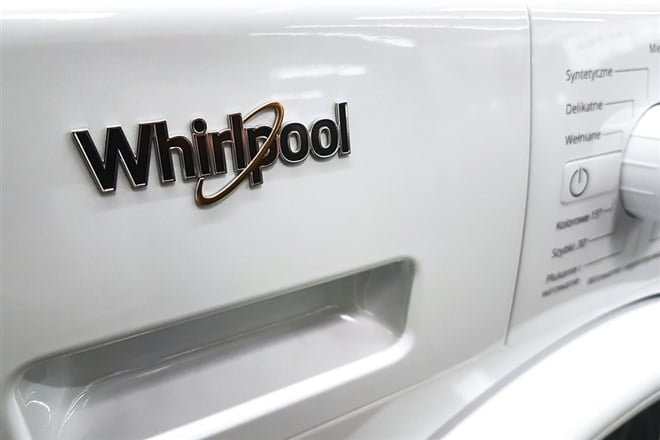 NYSE: WHR) Russian Exit Give Investors An Attractive Entry?" width="660" height="440">
NYSE: WHR) Russian Exit Give Investors An Attractive Entry?" width="660" height="440">
Whirlpool (NYSE: WHR) is currently down -31.51% YTD. Part of the reason for this sell-off is that the company announced late last month that it would sell its operations in Russia to Turkish appliances maker Arçelik AS (OTCMKTS: ACKAY) and is expected to incur $300M to $400M loss in the process. Contrarian investors have put this stock on their watchlists due to its improved valuation, strong dividend, and free cash flow growth. Furthermore, WHR's exposure to Russia and the war in Ukraine is limited. These regions make up only a tiny fraction of its revenue from the EMEA operating segment and an even smaller amount of its total net sales.
Whirlpool's quarterly report for Q1'22 summarized its exposure to the Russian market in its Risks and Uncertainties section. The company stated that revenues and assets in Ukraine are not material to its EMEA operating segment and that it currently has limited production in Russia. The company employs 45 individuals in Ukraine and 2,500 individuals in Russia. Whirlpool's total employee headcount stands at 78,000. Sales from its operations in Russia accounted for 6% of the net sales of the EMEA region in Q1'22 and 7% for the EMEA region in Q1'21. Net assets for the company in Russia ranged between $209M and $212M, which can primarily be attributed to its manufacturing facility in Lipetsk.
Depending on the financial year observed, Whirlpool's North America operating segment is between twice and three times as large as its EMEA segment, and it's also experiencing strong growth in its Latin American and Asian regions. Last year, the company recorded $2.791B in net sales from its North American segment, $1.084B in the EMEA, $0.76B in Latin America, and $0.285B in Asia, for a total of $4.92B in net sales. Using 7% as an assumed contribution per quarter, Russian sales contributed $75.88M for the year towards EMEA's total of $1.084B. Considering this figure, $75.88M is 1.54% of Whirlpool's total annual net sales for that financial year.
Whirlpool's Fundamentals
Due to the sell-off in its share price, Whirlpool's valuation is one of the company's strongest drawcards. It has an FWD P/E of 6.54 compared to the sector median of 12.06. It also has an impressive FWD dividend yield of 4.39% compared to the sector median of 2.51%.
The company's weakness is in its YoY and FWD revenue growth numbers. Its 5Y Avg growth YoY is 1.12% compared with the sector's astonishing growth of 361.66%. Its FWD growth is also not much better at 4.55%, compared with the sector median at 14.23%. The company shines in its levered free cash flow growth at 83.32%, while the sector median contracted to -15.69%.
Whirlpool Vs. Samsung Electronics
Samsung Electronics (OTCMKTS: SSNLF) is a crucial competitor to Samsung, and its differences are therefore worth considering. One of the most significant differences comes down to market cap. Whirlpool has a market cap of 8.96B, while Samsung has a market cap of 305.50B. This means that Whirlpool has potentially more upside potential than Samsung due to its smaller capitalization.
Another thing to note is the number of shares floated on the market. Whirlpool has a minimal number of shares outstanding compared to Samsung, with 56.20M and 6.79B, respectively. Another thing to note is that Whirlpool's shares are virtually all held by institutions, as they own 99.33% of all shares, compared with Samsung, which has just 36.38% of shares owned by institutions. The implication is that the institutions that hold Whirlpool could have a disproportionate effect on its share price by buying and selling a large number of shares which could affect the stock's volatility very quickly. Samsung, by comparison, does not have this potential.
In terms of valuation, Whirlpool is considerably cheaper than Samsung, but this could also indicate that the market believes Whirlpool's prospects are less appealing. Whirlpool's trailing P/E stands at 5.91, while Samsung has a P/E of 8.67. Whirlpool is even cheaper when considering other ratios like Price/Sales. Whirlpool has a P/S ratio of 0.45, while Samsung has a P/S ratio of 1.28.
Predictably, Samsung comes out on top when examining revenue growth numbers. Its 5-year CAGR growth is 7.58%, and WHR's growth rate is 0.62%.


















